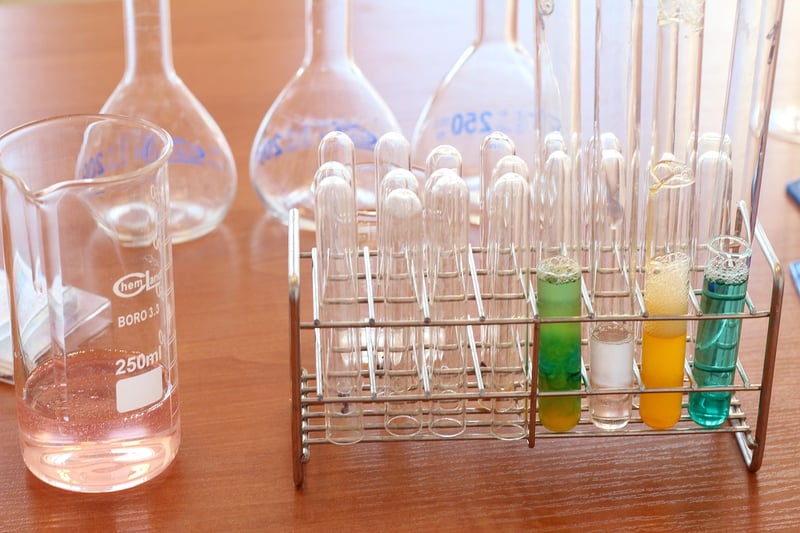Chemical Reactions
The Science Behind Cooking: Exploring Chemical Reactions in Your Kitchen
When we think of cooking, we often picture delicious dishes being prepared with skill and creativity. But have you ever considered the science behind the culinary magic happening in your kitchen? Cooking is not just an art; it's also a science filled with chemical reactions that transform ingredients into mouthwatering meals. Let's delve into the fascinating world where chemistry meets cuisine.
Maillard Reaction: The Secret to Flavorful Browning
One of the most well-known chemical reactions in cooking is the Maillard reaction. This reaction occurs when proteins and sugars in food are exposed to heat, resulting in the browning and creation of complex, savory flavors. From searing a steak to baking bread, the Maillard reaction is responsible for the delicious aroma and rich taste of many dishes.
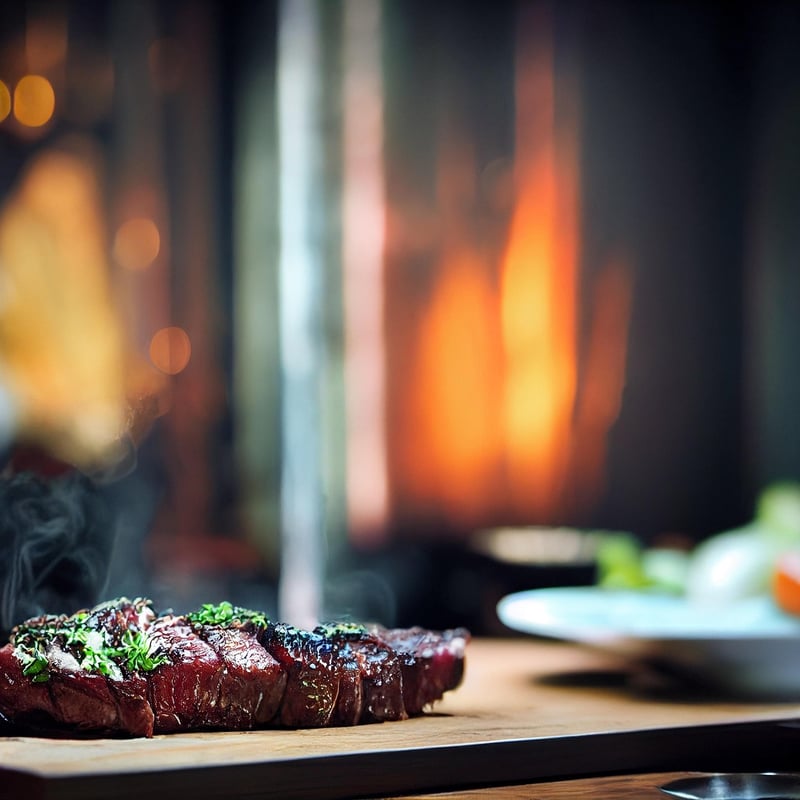
Leavening Agents: The Rise of Baking
Ever wondered how your cakes and bread achieve their light and airy texture? It's all thanks to leavening agents like yeast, baking powder, and baking soda. These agents release carbon dioxide gas when mixed with wet ingredients and exposed to heat, causing the batter or dough to rise. The chemical reactions between the leavening agents and other ingredients result in fluffy cakes and perfectly risen bread.
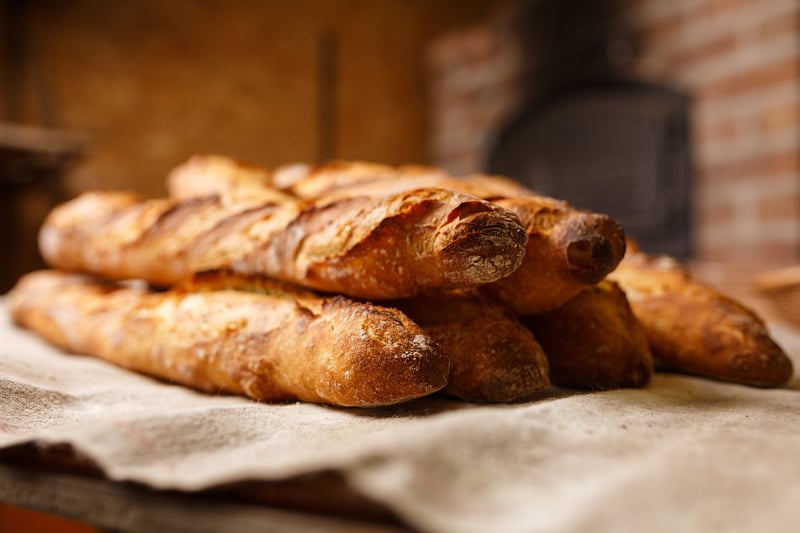
Emulsification: The Science of Stable Sauces
Creating a smooth and creamy sauce involves the process of emulsification. This chemical reaction occurs when two liquids that don't usually mix, like oil and water, are combined with an emulsifying agent such as egg yolk or mustard. The emulsifier helps to stabilize the mixture by dispersing tiny droplets of one liquid into the other, resulting in a cohesive and velvety sauce.
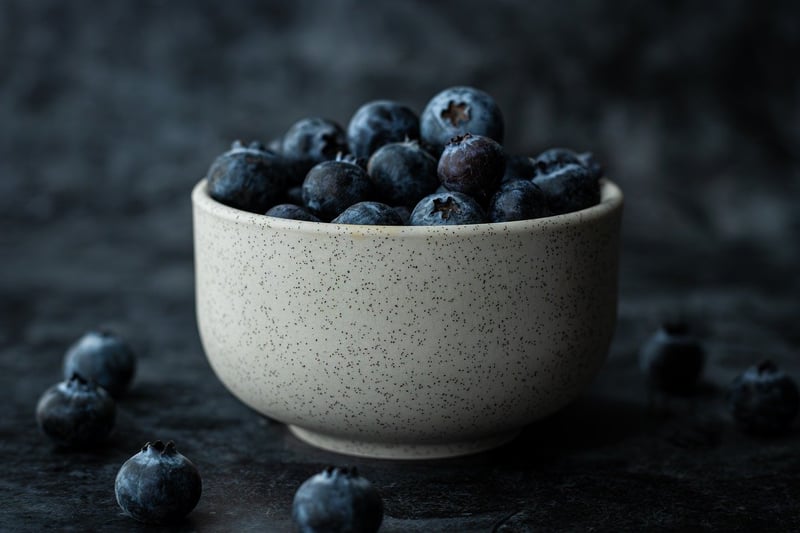
Caramelization: From Sweet to Bitter
When sugar is heated, it undergoes a transformation known as caramelization. This chemical reaction breaks down the sugar molecules, resulting in the browning and creation of a complex flavor profile ranging from sweet to bitter. Caramelization is responsible for the golden crust on crème brûlée and the rich flavor of caramel sauce.
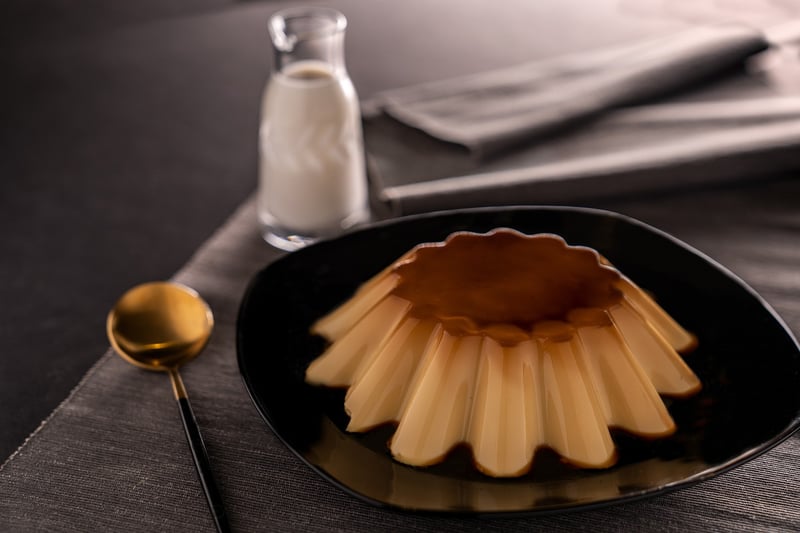
Next time you step into the kitchen, remember that cooking is not just about following a recipe; it's about understanding the chemical reactions that take place to create culinary masterpieces. By exploring the science behind cooking, you can elevate your dishes to a whole new level of flavor and creativity.
Keep experimenting and embracing the chemistry of cooking!
